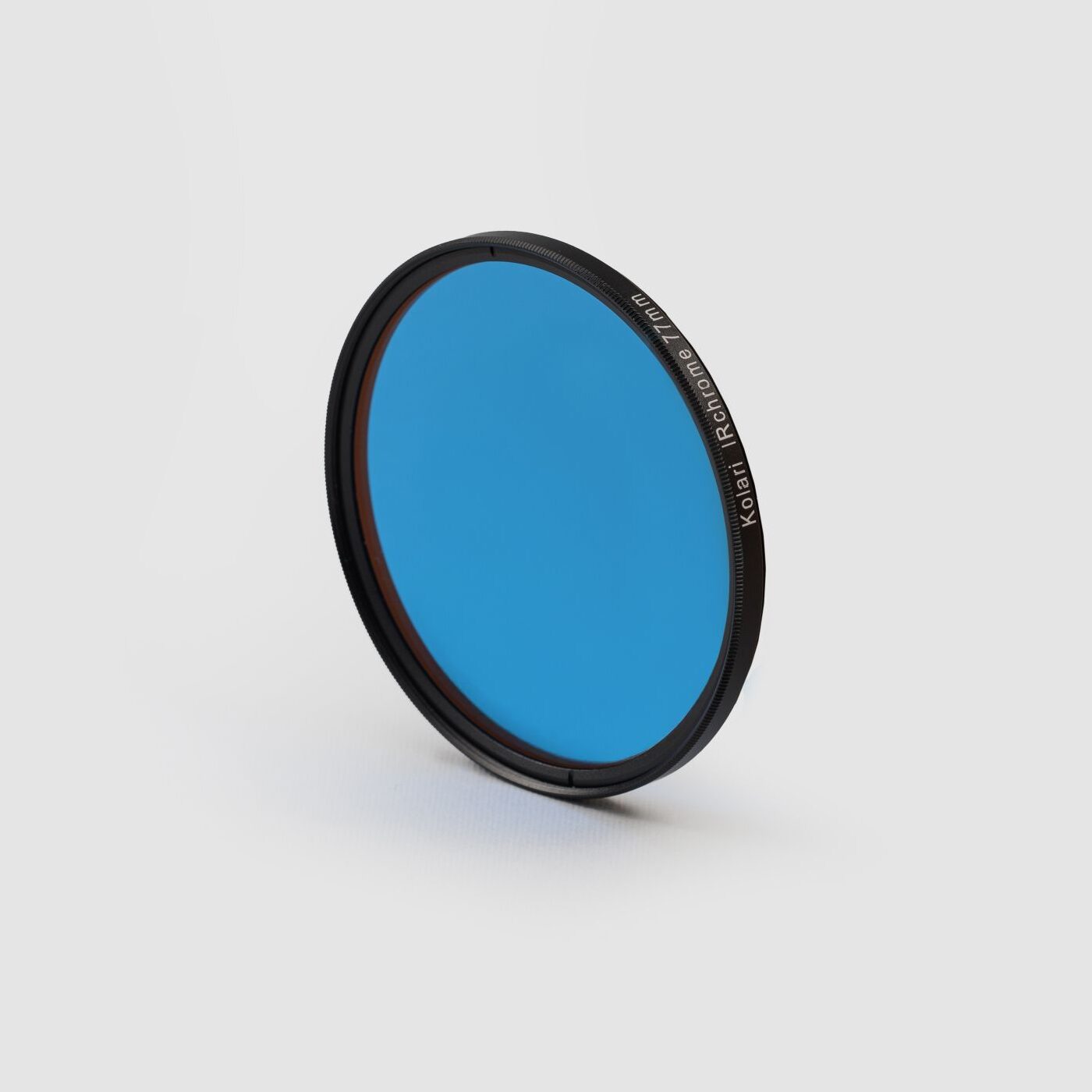Photo Essay: Planks, Pylons, and Piers
Author: Brent Eanes
Piers. Yes, piers. Why not piers? Well, there are piers all around for those living near any coast, river, lake, or pond. And here on the U.S. Gulf Coast, many piers exist. Wooden piers, concrete piers, palatial piers, and simple piers. No matter the state of affairs, piers. I know, I know, what’s the big deal? Well, apparently, it is a big deal. It is a big deal to fishermen, boaters, photographers, birds, and fish. So, with me being the shutterbug I am, I just had to put a compilation of images together. No waterfalls, glaciers, volcanos, castles, mountains, or caves here. So, I figured I would go through my portfolio of images and put some of my favorite photos of piers in a separate folder and see what I could come up with. It turns out I had far too many photos of piers. The only thing is, most were in color and at different times of day, in various lighting conditions, and so forth. Then, I sorted the images by color or monochrome. I then began to see a set of images I thought would look well together in a cohesive set. I chose black and white piers to be the subject of this photo essay. Many of these images were taken during the blue hour or golden hour.
So, here it is, a photo essay on black and white piers. As such, these are mainly long exposure images in monochrome, as it seems to pull the distraction of color to provide a more ethereal view. The clouds streak across the sky as if they were running late for an appointment. In contrast, the waters relax as if to mock the hurried clouds. These piers that caught my camera’s eye were in disrepair as mere skeletons of what they were. I know you are probably saying, “Well, that is terrible. What happened?” The story is different for every pier as it is for every photographer as to why they even decide to photograph it.
There is something about how the invisibility of time brings about a photogenic patina to otherwise the most ordinary and mundane things, similar to how time develops a fine wine. And while there is no more proverbial walking of these planks, they still have those, like me, stopping to walk along the banks. Those like myself set up cameras on their own pilings (tripod) to absorb just a tiny portion of time. Contrastingly, even if our image is a mere single plank in the larger pier of time, photographers may walk away with something to share with others who may not be able to be in our location. Even if you do not have piers nearby, find your local area’s relic of time and try recording a snapshot of it in a different light; share it with others. I hope you enjoy the following images as much as I did recording them, as much as I do sharing them.
Nestled on the Mississippi sound along the U.S. Gulf Coast, hurricanes are a normal part of life. While it is sad that this pier has seen better days, one of the many hurricanes to have impacted our coast has stripped this picturesque feature down to its skeleton. A family had its fishing wharf reduced to a photography prop, though it still serves as home to fish and shorebirds alike. Long exposure techniques were used with neutral density filters to obtain the ethereal sky streaks and smoothed water. Nikon Z6, Tokina 17-35mm, 127s, f/16, 19 mm, ISO 100.
Likely remnants of Hurricane Katrina or Hurricane Ivan, this location serves as a frequent stop for shorebirds, sportfish, and fishermen. Flounder, speckled trout, and redfish are the usual target of any visitors. If one is lucky, dolphins and even the occasional manatee can be spotted passing through, especially in the fall. Long exposure techniques were used again with neutral density filters to obtain the ethereal sky streaks and smoothed water. Nikon Z6, Tokina 17-35mm, 416s, f/16, 22 mm, ISO 100.
“Surf the Net” or maybe “Time Slipped Through the Net” would be worthy titles for this tidal gem. This net slipped through someone’s memory. Along with a forgotten net, a forgotten or unwanted oyster boat sits half-sunk with its better days behind it. Long exposure techniques were again used with a 15-stop neutral density filter to obtain the ethereal sky streaks and smoothed water. Nikon Z6, Tokina 17-35mm, 410s, f/13, 17 mm, ISO 100.
These pier relics from long ago were captured with my infrared 720nm converted Nikon in order to obtain the contrasting sky. Long exposure techniques were again used with a 6-stop neutral density filter to obtain the ethereal sky streaks and smoothed water. Nikon D7500 Infrared conversion, Tokina 17-35mm, 126s, f/14, 17 mm, ISO 100.
Mysteriously abandoned during oyster harvesting season in 2022, this boat appears to be named AL. AL is actually just part of the boat registration, but it is fun to find overlooked details in photos. Long exposure techniques were used with neutral density filters to obtain the ethereal sky streaks and smoothed water. Nikon Z6, Tokina 17-35mm, 404s, f/13, 26 mm, ISO 100.
Leading out to sea, the remains of this fishing pier stand in contrast to the eerie waters. With the assistance of some low mist on the water, the appearance of floating in space comes to mind. Many property owners have rebuilt their docks following hurricanes, but this landowner has opted to wait. Long exposure techniques were used with neutral density filters to obtain the ethereal sky streaks and smoothed water. Nikon Z6, Tokina 17-35mm, 120s, f/16, 34 mm, ISO 100.
This dock was found after driving back roads, explicitly searching for landscape photo opportunities. The shorter compact pilings are the remains of a seawall and waterfront walkway where a small stream comes out of the hills running into the bay. The taller pilings on the right side of the image are a more recent example of hurricane damage. Long exposure techniques were used with neutral density filters to obtain the ethereal sky streaks and smoothed water. Nikon Z6, Tokina 17-35mm, 175s, f/13, 18 mm, ISO 100.
This image is simply a slightly different composure of the previous image. Looking more from the north with a lower perspective by opening the legs wide on the tripod, the faster exposure time shows the details in the waves and sky. If you look close enough in the upper left-hand side of the image, limbs from thick, old-growth live oaks come into view. I chose a wider aspect ratio of 16:9 for this image to give it more of a panoramic feel. Nikon Z6, Tokina 17-35mm, 1/15s, f/13, 18 mm, ISO 100.
Taken in December of 2021, this photograph depicts a tidal bayou stream flowing out on falling tide through the remnants of fishing piers, old sea walls, and jetty structures. A closer examination reveals thousands of oyster shells. Finally, a slower shutter speed gives more depth and detail to current ripples and cloud details for added drama. Nikon Z6, Tokina 17-35mm, 404s, f/16, 1/125s, 20 mm, ISO 100.
If you have eaten oysters, chances are they were in sacks brought back to this dock by some of the best oyster fishermen around. Beginning in the fall, hundreds of fishermen bring their harvest in croaker sacks filled with oysters to sell commercially. These oysters are typically sold for shucking and containerizing for consumers and restaurants alike. Other oysters are meant for restaurants and bars to sell on the half shell tempting the more daring seafood connoisseur. Nikon Z6, Tokina 17-35mm, 1/500, f/11, 17 mm, ISO 100.
Standing all alone in the backwaters of a local bayou, this old piling still serves as a secure place to tie your boat while you kick back to prepare for your fishing adventure or maybe a picnic. A closer look shows how the wider aperture assisted in isolating the piling from the out-of-focus needle rush marsh grass in the background. Nikon Z6, Nikkor 200-500mm, 1/250s, f/7.1, 500mm, ISO 100.
Standing as if they were soldiers in some elaborate formation, these pilings were the lone survivors of nature’s fury. While this was a photogenic location, the property was purchased last year, and the pier was restored into an improved version as of August 2022. Long exposure techniques with neutral density filters were the call to remove the distraction of the drab clouds and choppy water. Nikon Z6, Tokina 17-35mm, 51s, f/18, 24 mm, ISO 100.
This is one of my favorite waterscape pier locations. While it is in another one of the images in this photo essay, this particular image was taken at a different tide level. The camera was situated on the tripod with its legs opened up all the way, lowering the camera almost to ground level. The foreground interest is some rusty anchor remnants and oyster shells. One last thing making this one of my favorite places is that the area is about to be completely redeveloped for a new boat launch and parking lot. While good for fishermen, this will no longer be good for keeping the area photogenic. This photo was taken using a 15-stop Lee ND pro glass filter and a polarizer. Nikon Z6, Tokina 17-35mm, 220s, f/14, 18 mm, ISO 100.
This is the same location, only a different time and view angle. A slightly shorter exposure time was used to remove the distraction of the choppy water. However, ND filters were not necessary based on the limited blue hour lighting conditions at the time of the photograph. Nikon Z6, Tokina 17-35mm, 25s, f/16, 17 mm, ISO 100.
This is a simple boat launch dock used by many who fish or oyster the Mississippi Sound and Mobile Bay rather than the Gulf of Mexico. While a relatively unphotogenic site in most lighting conditions, this particular evening worked with the dramatic clouds. I used a low camera perspective to obtain the leading lines of the dock planks to draw the viewer’s attention toward the tidal brush and dramatic clouds. Nikon Z6, Tokina 17-35mm, 1/15s, f/13, 22 mm, ISO 100.
This is an old Bayou dock across from a newer shipyard. The composition was initially supposed to show a sense of scale and depth by placing the foreground dock leading up to the distant large tug under construction. Using a circular polarizer assisted in the ability to see the submerged oyster shells and old bricks from the historical occupation of the site.
Piers serve as platforms to support coastal life, both two-legged and two-winged. Piers give us rest, relaxation, recreation, and many more activities. Piers provide seabirds respite from the hunt, refuge, and a place to recharge. In the end, piers also offer great places to take photographs.
This collection of images has been compiled over the course of three years. Just like those fortunate enough to live near water, photography is also another way to enjoy life. If you have an interest in photography but never have taken it seriously, give it a chance. It is not only relaxing, it is a way to express to others how you see this beautiful world. The worst outcome may be that the images walk the plank into the recycle bin.























